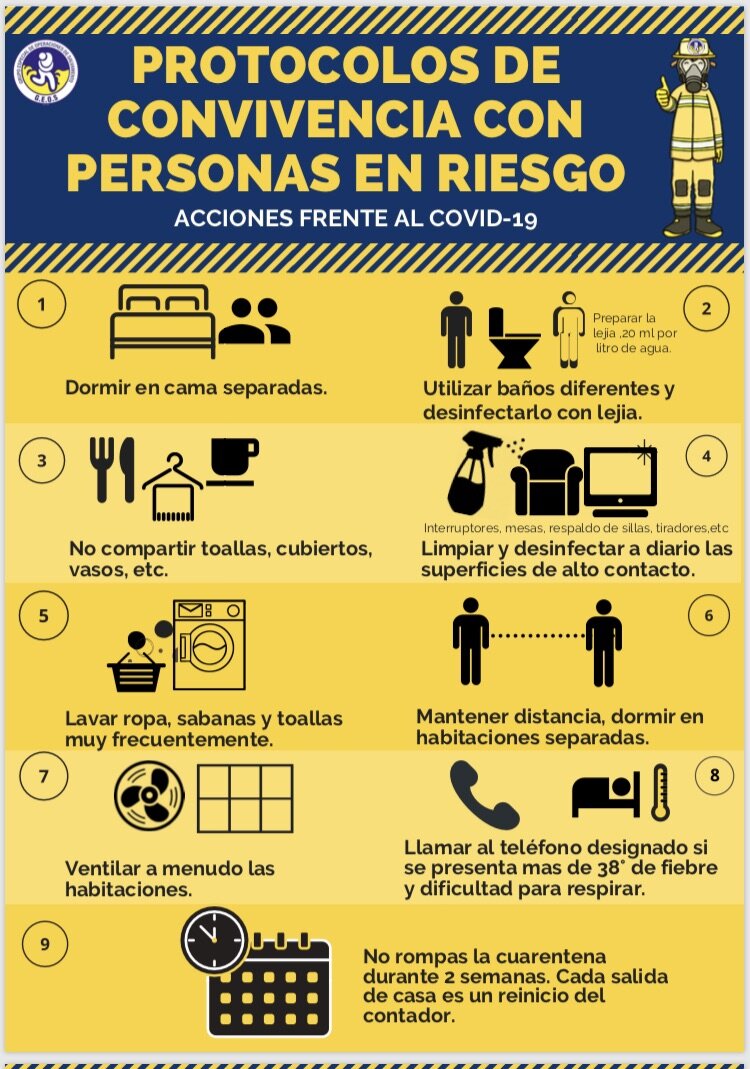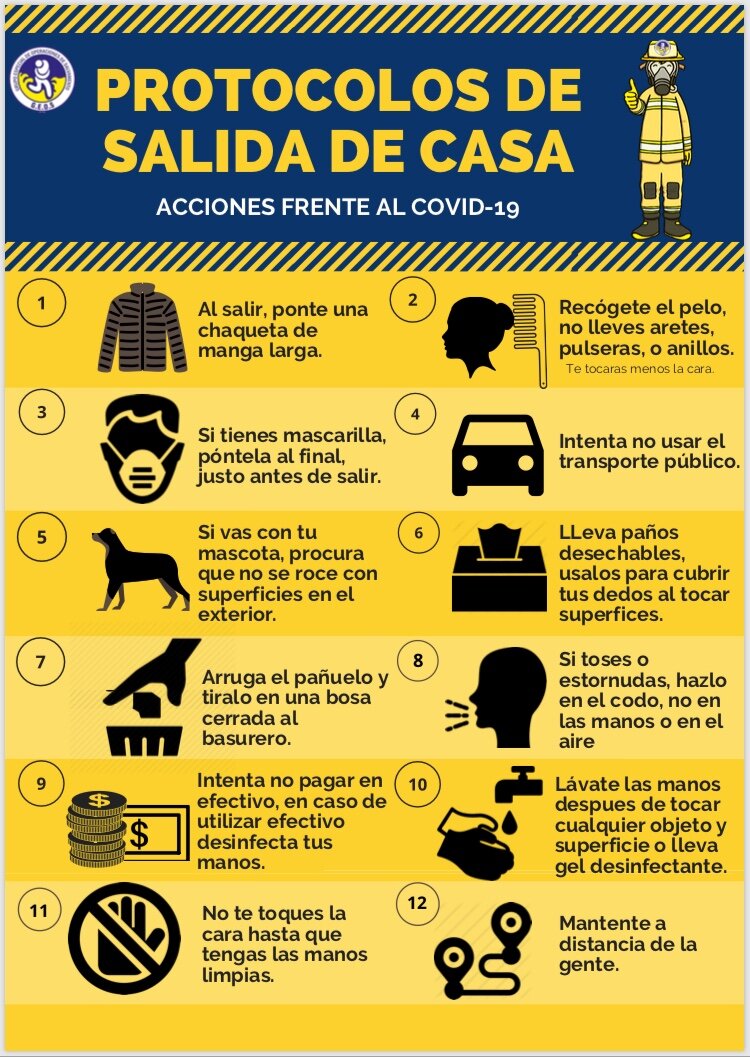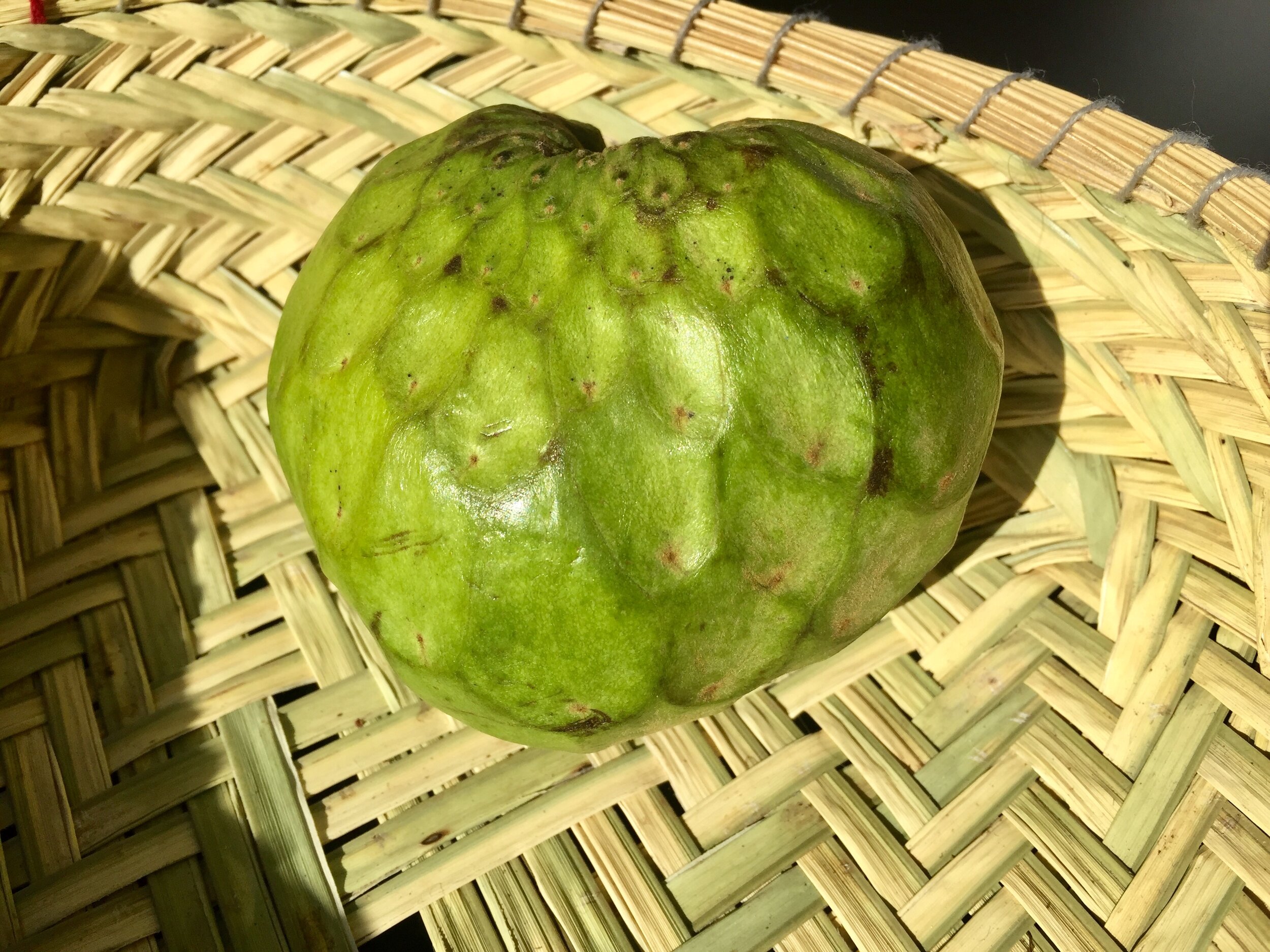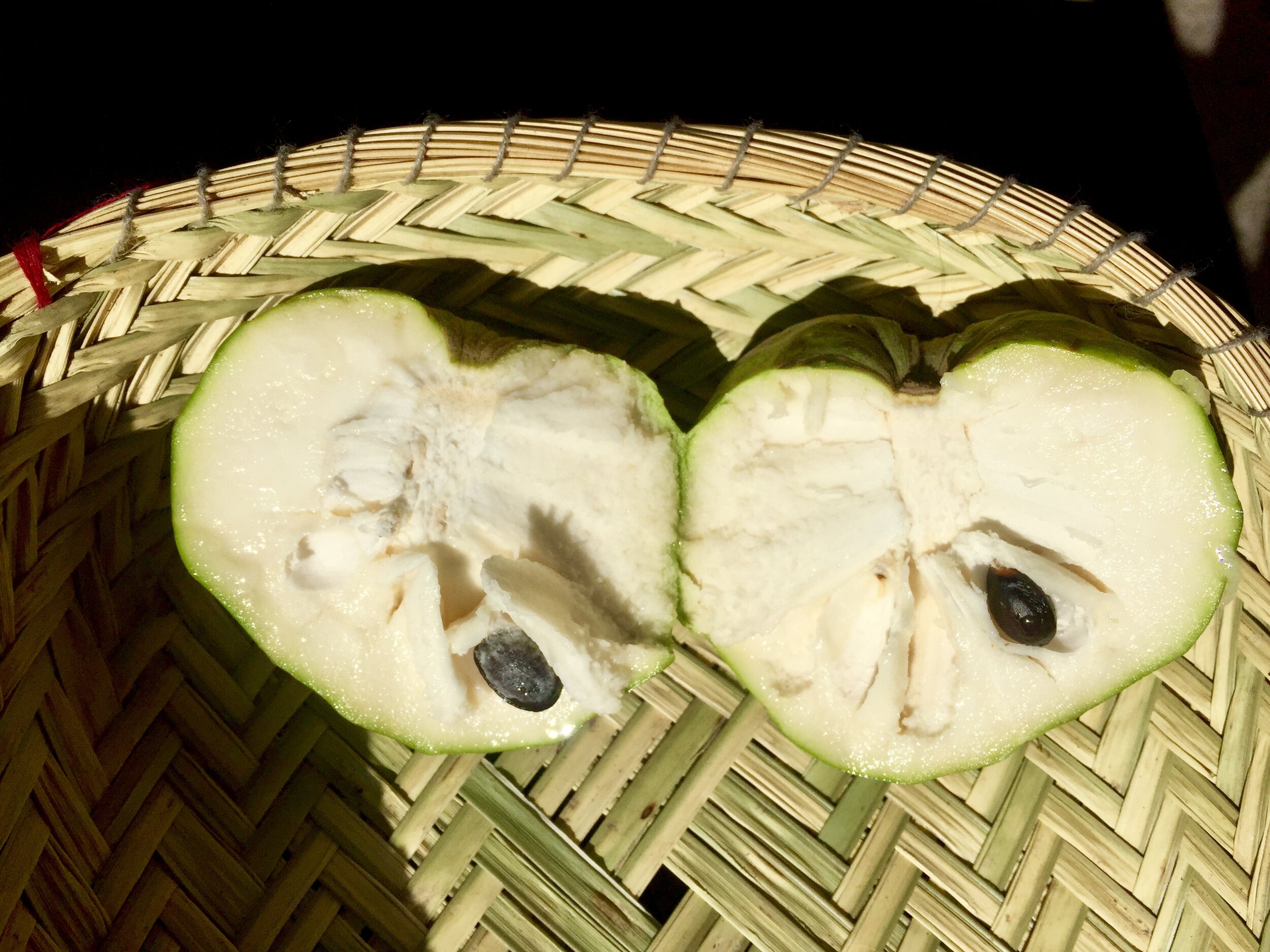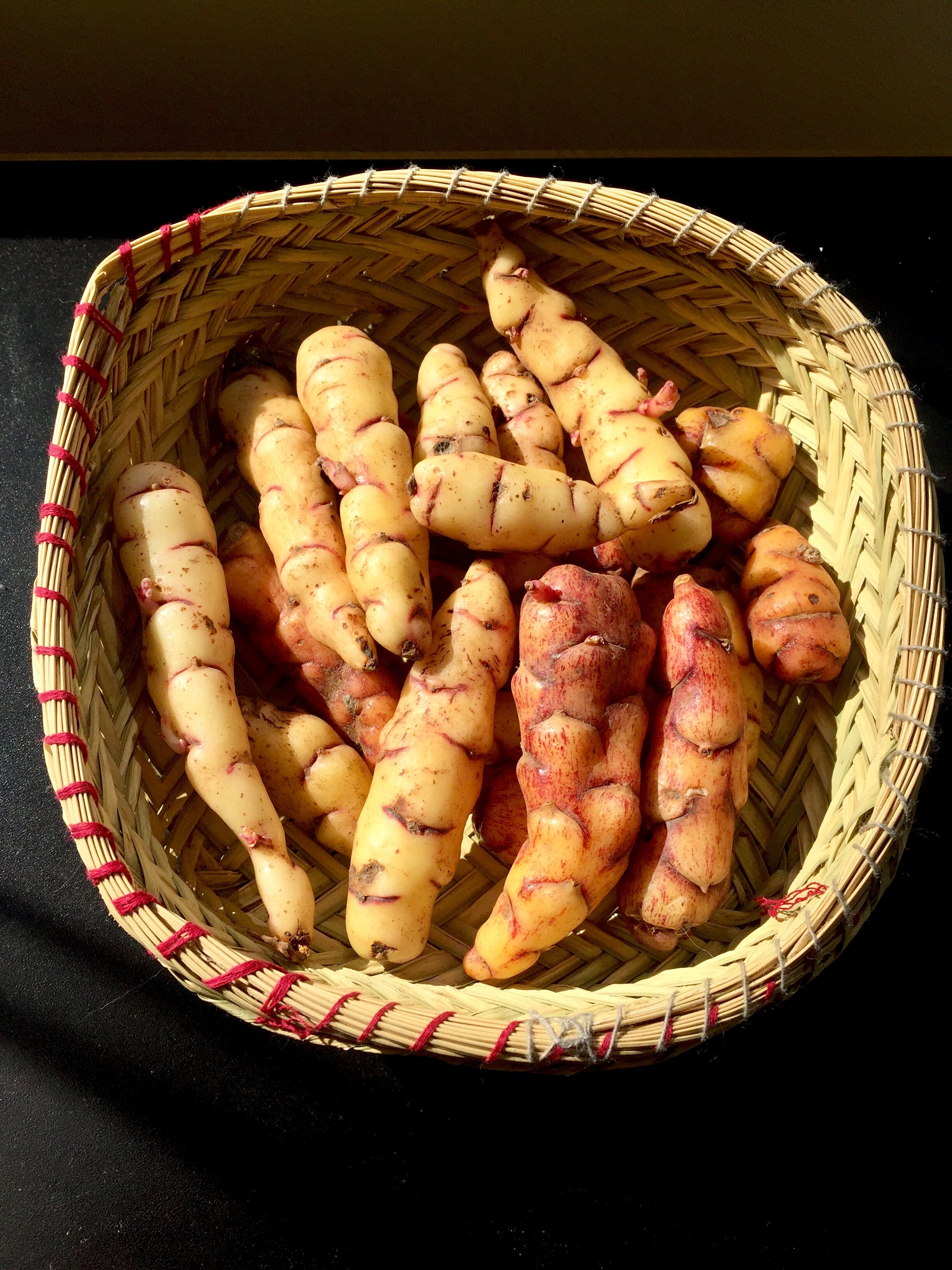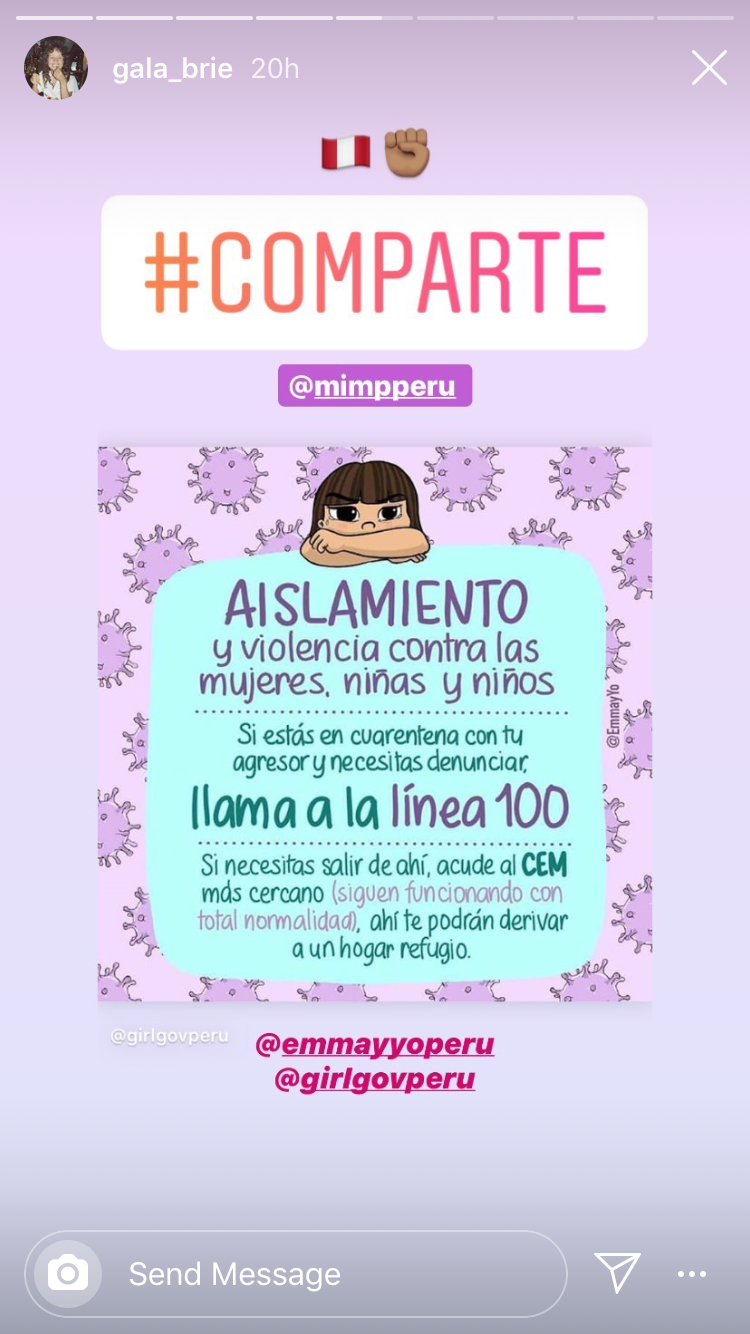Covid in Cusco: Week 25
Sunday, 30 August, 2020
170 days since Covid arrived in Cusco
It’s also been 170 days since the library in Cusco closed. I never took the time to go before, although I walked by it every day on my way to work. I always thought I’d have time “later.” I suspect that people all around the world now have time to do the things that they put off before, but now can’t do them because of the pandemic.
It’s a Catch -22. When the pandemic is over, the places we wanted to visit will open up again but we will all be back at work and too busy. Still, the library on Calle Ruinas in Cusco is high on my list of places to visit as soon as it opens again. In the meantime, I do have some books and a few people to swap with, so I’m not completely without reading material.
I also just want to see what a library in Cusco is like. I heard that you are not allowed to take books out of the library, but that you can go there to read anytime. That’s very different from other libraries that I’ve visited, so I’m curious to see what it’s actually like. Either way, it’s a library and as my mother reminded me recently: “The very existence of libraries affords the best evidence that we may yet have hope for the future of man.” T.S. Eliot
I think that the future of humanity also depends on education. Of course, as a teacher I would think that, but I honestly can’t think of anything more imperative for a country. I’ve been listening to Chana Joffe-Walt’s mini-series podcast “Nice White Parents,” which is fascinating and explores not only integration in New York City public schools, but also the purpose of public schools in the US. She has great audio from old films made to encourage support of the public school system when it was new.
I’m a great believer in public education, so you can probably imagine my shock at learning that public education in Peru is neither free nor mandatory. I thought that was the whole point of public education. How can it be public education if it’s not free and mandatory? Yet, if it’s run by the government it’s not really a private school. Basically, it’s an unfunded public school.
When I went with the Covid Relief Project to the community of Mayubamba on August 22nd, I got to interview a woman from the community. (Watch the interview). At one point, she said that families in Mayubamba don’t have enough money to buy nutritious food for their children for several reasons, one of which is education. She said that they have to pay for tuition and “cuotas” which I didn’t understand at all. I was puzzled why people in Mayubamba, who have so little, would send their kids to private school. I also didn’t know what cuotas were, so I asked Auqui and Henry on our way back to Cusco. I could hardly believe what they told me.
They explained that parents have to pay tuition for public schools and that nobody in Mayubamba was sending their kid to a private school. Cuotas are when the school has an expense and they ask the families to all pay for that expense. For example, if the school needs to buy something as basic as a lightbulb, they ask each family to pay a little to cover the cost. Lightbulbs are not the only thing that they ask families to pay for. Desks, paper and other basic necessities are not provided by the Ministry of Education. Families are expected to pay for everything except for the teacher salaries.
Obviously, this situation leaves many families unable to pay for public education. Since it’s not mandatory, that leaves a lot of children without even the basics they should learn in elementary school, like literacy. (Read more about illiteracy in the Cusco region on my Week 22 blog).
Even worse (You didn’t think it could get worse, did you?), the government has been working on a plan for several years to privatize all education. For now, families are not expected to pay for building a school or for paying the teacher’s salary. That will change if/when public education in Peru is completely privatized. I wonder if the distance learning program that the government had to implement to keep public schools going during the pandemic will change that in any way. I have no idea if the effects of the pandemic will speed up that process, or set it back, or hopefully even kill the idea of privatizing all education.
Monday, 31 August, 2020
If you read my blogs in April, May and June, you know how happy I was to consistently report that there were very few cases of Covid in Cusco, and that we didn’t have any Covid related deaths here. Unfortunately, that changed in July when some of the quarantine restrictions were lifted. Transportation had been completely frozen those first three months, with almost nobody allowed in or out of the city of Cusco. Supply chains were disrupted and regular travel in and out of Cusco was next to impossible.
In July transportation was almost back to normal and by the end of the month they had opened some regional airports. All airports in the entire country were closed for a full four months, from March 15th to July 15th. Then, people from Lima were allowed to come to Cusco. Starting in April, Lima has a very severe outbreak of Covid, which just got worse throughout May and June. This CNN article about Peru becoming a Covid hotspot was really about Lima being a Covid hotspot.
Understandably, people fled Lima as soon as they were able, many of them coming to Cusco because it seemed so safe here then. The effect has been very similar to what happened to Sun Valley, Idaho. Cusco started chalking up higher and higher numbers of cases, with some truly scary statistics that I discussed in last week’s blog. Unfortunately, the numbers aren’t any better this week and the city of Cusco got a big shock today: our mayor died.
The Mayor of Cusco, Ricardo Valderama Fernandez, died of Covid today after being in ICU for over a month, as reported by Andina News. He was 75 years old and had two previous heart attacks, but he fought the virus in ICU from July 24th until today. Also reported by Andina News, there are another ten mayors who have died from Covid and many others are currently fighting the virus. In a pandemic, we need all of the local leadership we can get. Taking out mayors leaves many towns without a strong advocate just when we need one the most.
The situation is so bad here that it would be completely irresponsible for the Covid Relief Project to even take food to any of the rural communities that we’ve been visiting. Yes, they need help, but no amount of food is worth risking exposing any of these families to Covid. As I’ve pointed out before, none of the communities that we’ve visited have had access to a hospital, clinic or even pharmacy in their community. They all have to travel at least a half hour to get to a government clinic and some would have to walk for over two hours to get to a clinic. I don’t know how I’d live with myself if I exposed one of these communities to Covid, especially if somebody died. It’s just not worth it.
Today I got another email from the US Embassy in Lima about repatriation flights. For the first time, they included information about quarantine restrictions for people flying from Peru to the US. The past several months, they’ve consistently reported that there were no restrictions for people arriving from Peru. Apparently, the US Department of State has finally realized how bad the pandemic is here.
Tuesday, 1 September, 2020
At the end of June, when I got laid off from the trekking agency that I’d been working with, the boss told me that he would be able to hire me back part time in September. I didn’t really believe him, but today I got a message from our accountant, Yessi, asking me to come to the office. The office is now in the boss’s house, since he stopped paying rent on the office in the historic center of Cusco back in April.
Unsure exactly what the deal would be, I braved taking the bus to his house to see what Yessi had to say. Busses in Cusco are very different now than from before the pandemic. They used to be almost always full, every seat taken and the aisles full of people standing. They also used to cost s/.80 (s/ is the symbol for the local currency, Peruvian Soles).
Now every other seat is marked with a big red X and there is no standing allowed. The price has gone up to s/2, which is half of the normal taxi fare. You can go most places in town for s/4 in a taxi, so if there are two people, it now costs the same if you each pay s/2 to take the bus or s/4 for the two of you to take a cab. Face shields and masks are required in busses and most taxi drivers won’t pick you up if you don’t have both. Both busses and taxis keep their windows open, which is fine now in the dry season. Nobody wants to breathe air that other people have exhaled but I wonder how that will work in the rainy season.
I sat by the window, with my face turned into the fresh air, even with both mask and face shield. I’ve been reading too much about multi-organ failure associated with Covid and am much more scared than I used to be about catching the virus, especially with all of the Cusco hospitals full to bursting.
At the “office,” Yessi tells me that she will only be there when needed and the only other person being brought back on with me will work afternoons. I’ll be in the office alone, unless Yessi needs to come in for something. In the afternoons, our webmaster Orlando will be working in the office. I am still very nervous about taking public transportation and called the boss to ask about working from home throughout September. He was surprised that I had come to the office and told me to go home. Depending on the situation in October, I might go to the office, but for now I am working from home.
The president announced that the entire month of September the whole country would go back to some of the restrictions that we had earlier in the pandemic. Kids under 14 are no longer allowed outside at all, when the past two months they had been allowed to go outside for an hour per day, accompanied by an adult. However, transportation will not be shut down and many of the businesses that were allowed to open in July will still be open. We still have an 8pm curfew and are required to stay home all day Sunday except for medical emergencies.
Also today, my housemate Kerry is inviting a few people over for games night. It seems irresponsible to have people over on the same day that we’re starting into a new, stricter quarantine, but she’s a very extroverted extrovert and the isolation of the pandemic is really hard on her. She and I both have been planning to escape the construction zone that is now three yards from our bedroom windows and today she actually moved into her new apartment.
Besides Kerry and I, there were only six other people, but eight people together in one place still felt a little dangerous. We didn’t wear masks inside and although we were all careful about handwashing and frequently using the alcohol gel that Kerry put on the table between us, if anybody had Covid there tonight, I certainly breathed in some of their exhalations.
Despite my nervousness, it was so nice to be around people for a few hours. The group is all people that I really like, know well and trust. We played Jenga and a complicated version of charades, then shared three pizzas. The pizzas arrived late, at almost 7:30. Curfew being 8:00, we ate quickly and left the last game unfinished. Kerry’s new apartment is only two blocks from the house we used to share so I wasn’t too worried when I left her house at 7:58, though I did run the whole way home. The pandemic has now given me a new definition of dine and dash.
Wednesday, 2 September, 2020
Last week I wrote a bit about my new fascination with superfoods, especially those from Peru. One of Peru’s most popular and most diverse foods is something that seems quite boring in the US: potatoes. Growing up in Idaho, I heard a lot of jokes about potatoes, giant potatoes and the Idaho license plate. I remember thinking that Idaho had a great variety of potatoes when the Boise Fry Company restaurant opened up with five or six varieties of potatoes on their menu.
In Peru, there are over 4,000 varieties of potatoes and many of them are available at my neighborhood markets. I’ve become partial to the little purple mariba for soups, even littler yellow lisa for boiling or roasting and the huayro, which has a white outside and pink middle, for boiling. Boiled potatoes here are not boring and I have gotten used to “papa sancochada” as my easy meal when I really don’t have the energy to cook anything. Sancochada may sound exotic, but it really just means boiled and is only used for potatoes and other similar root vegetables.
Today I tried another vegetable that’s very similar to the potato: oca, also spelled occa. It looks much more interesting than potatoes and tastes very different too. It is a root vegetable, and grows like potatoes, though the leaves look much more like clovers than potato greens. It is also much higher in protein than most potatoes.
Something else that Peru does very well, which also qualities as a superfood, and is likely originally from Peru, is chocolate. I wasn’t a big fan of chocolate before I lived in France, but since then have always been on the lookout for high quality dark chocolate. Valrhona was my first introduction to good chocolate, and it set a high standard for all future chocolates. Valrhona also introduced me to the idea that flavored chocolates could be really good and my favorite of theirs has always been their jasmine chocolate. Theo Chocolates, in Seattle, taught me almost everything I know about chocolate production and I highly recommend their factory tour, whenever that will be possible again.
So, I was prepped to appreciate good chocolate when I moved to Cusco last year. I first started by buying chocolate packaged for tourists at the San Pedro market. My favorite brands are Cusco Imperial and Machu Picchu. They’re clearly named for tourists, also. Both have excellent 80 to 85 percent dark chocolate and also great 70 to 75 percent dark chocolate with almonds, pecans and quinoa.
When I moved from Wanchaq to San Blas, my walk to work took me past the Dayna chocolate shop. Dayna has excellent dark chocolate bars as well as lots of creative flavored chocolates. The most unique product at Dayna is their chocolate husk tea. It’s literally just chocolate husks, which have a distinct chocolate favor when added to hot water. Just put a handful in your mug and pour boiling water over them. They float at first, then sink when they become waterlogged. You can easily get two or three mugs of chocolate flavored “tea” with just one handful of husks. There are no calories, but several antioxidants and other nutrients leach out of the husks into the hot water.
The pandemic has created a lot of difficulties for cacao farmers, since so many buyers used to be international. No international flights have landed in Peru since March 15th, which means no international buyers have come here to visit cooperatives and buy directly from the farmers. National buyers are likely having a field day, buying up the best cacao beans at much lower prices than international buyers would pay.
Add that to the long list of how the pandemic has destroyed the economy in Peru.
Thursday, 3 September, 2020
Today I moved to my new apartment! I didn’t get the keys until afternoon, so I still had to work from 9-1 with a very loud construction zone three yards from my windows. Tomorrow will be very different.
I moved into the same building that Kerry moved into on Tuesday. Her apartment is actually right next door to mine, so we’re about as far away from each other as when she lived downstairs in the same house where I lived upstairs. The big perk is now that we don’t share a kitchen and our routines don’t clash. My bedroom used to be next to the kitchen and I was usually going to bed around 10, when she was cooking dinner. I got up around 7 though she slept till around noon. There was nothing sound proof in that house and having both a night owl and a morning bird didn’t always work out well.
Now, not only do we each have our own apartment next to each other, we also are just downhill from the huaca that I pass every time I walk up to the Temple of the Moon. A huaca is a sacred place, which around Cusco is usually a giant rock or outcropping of bedrock that has been carved or incorporated into some kind of temple or other sacred spot.
From my kitchen and living room windows I have a view uphill of not only a huaca, but several layers of ancient terraces and a waterfall, which used to be part of an irrigation system. Like most of Cusco, my neighborhood used to be terraced fields where the Inca grew everything from corn and potatoes to quinoa and tarwi. Some of the terrace walls are still there, used as retaining walls on hillsides that are now covered with houses. Considering that the weight of the houses is significantly heavier than a field of quinoa, it’s impressive that the walls are still as solid as they were 500 years ago. The Inca built their structures to last and many have survived hundreds of years of earthquakes and the weight of modern buildings.
Friday, 4 September, 2020
This morning I woke up to the usual noises of dogs barking and the bread seller on his morning rounds, without any construction racket. Dogs don’t bark for more than a minute or so and the bread seller walks by quickly if nobody comes to the door to buy fresh bread. It’s easy to ignore the 6am dogs or 6:30 bread round. At the old house, when the construction started, it was pounding and cutting rebar and mixing cement all day long.
My new home is so much more comfortable in just about every way. I am no longer sharing a kitchen during a pandemic. I have roll down blackout curtains under my regular curtains. I have carpet, which makes a huge difference in how cold my apartment is; this new place is significantly warmer. It’s also much smaller, which makes it a lot warmer than a big, drafty four bedroom house. My fridge is newer and no longer shared. I have an actual table to sit at, so I don’t have to eat every meal on the couch anymore. The shower actually drains, since the low spot in the shower floor is now where the drain is - the last shower had a drain about two feet from the low spot on the floor. The most miraculous thing about this apartment though, is that I can flush toilet paper.
Skip this paragraph if you’ve already lived in a city or country where you can’t flush toilet paper. In Peru, pipes are much smaller than in many developed countries, which means that you can’t flush toilet paper. All bathrooms have to have a trash can for used toilet paper. That by itself is disgusting and a health hazard. Add that to the fact that in Cusco they don’t have dog-proof garbage cans and there are lots of stray dogs. Any bags of trash put out more than a few minutes before the garbage truck comes are quickly torn open by stray dogs.
That brings me to the next miraculous thing about my new apartment - I don’t have to get up at 6am to take out the trash anymore! In my neighborhood, the garbage truck comes every Tuesday, Thursday and Saturday at about 6am. Preceding the truck is a person with an old fashioned metal triangle, which they ring as loudly as possible to tell people to get up and take out the trash.
Before the pandemic, everybody used to take the trash out the night before, which gave the dogs plenty of time to rip through the bags and make a huge mess for the sanitation workers to clean up. At some point in late May, the neighborhood organizers decided that taking the trash out the night before was a bad idea. Rather than getting dog-proof containers for all of us to put trash bags in, they decided that we should all get up at 6am to take the trash out right before the garbage truck comes. Before the pandemic, I got up around 6 anyway, to have time to workout, shower and have breakfast before I left for work around 8:30. Now that there’s no need to get up any earlier than 7 or 7:30, it has been so annoying to me to have to get up that early. At the new place, there are two large garbage cans for the building, where I can put bags of trash anytime, and which somebody else takes out at 6am.
Though the new apartment is so much more comfortable in almost every way, I am still living in a country with the longest lockdown in the world. I have been in some sort of quarantine and/or lockdown for 175 days. What I really wish I had, to get me through the next who knows how many months of lockdown, is a cat and my Calvin & Hobbes books. There’s nothing more comforting to me than a cat snuggled up and purring on my lap. Here’s nothing that can cheer me up like reading Calvin & Hobbes. I have every book of Calvin & Hobbes published in a storage unit in Kent, Washington. I also have most of them in French, in the same storage unit.
If I had somehow known that 2020 would bring a global pandemic, would I have left Peru, or would I have brought my Calvin & Hobbes books with me?
Saturday, 5 September, 2020
There is a Saturday market at the Plaza Tupac Amaru that I used to love, pre-pandemic. The plaza is a whole block in the Wachaq neighborhood of Cusco, a five minute walk from my first Cusco apartment and only about a ten minute walk from my current place. It had an eclectic mix of vendors with almost a fourth of the market being plants and potting containers and soil. You could buy everything from cactus and geraniums to banana trees and coffee plants. You could buy potting soil by the kilo from women who brought giant sacks of their own mix, each trying to sell their dirt by telling you why their mix of soils and different kinds of compost were the best.
One side of the block was all furniture, most of it hand made. Another side was food, where you could buy everything from bags of dried grains to homemade ice cream. There were at least a dozen vendors selling quinoa, kiwicha, maca and all kinds of Andean grains. My favorite were the cake sellers and I always had two or three kinds of dessert every time I got to go to the Tupac Amaru market. One woman sold something she called apple pie, which was more like an apple crumble with a crust on the bottom. She had huge tin pans of it and kept it warm. Warm apple pie was my first dessert, then I usually would look for a passion fruit mousse or some kind of cupcake.
There are so many things that I’ve been missing about the Tupac Amaru market, so when my friend Sonia said that it had opened back up I was so excited. One of the hardest things about the quarantine here has been the death of street food. The San Blas market has not opened up any food stalls and every time I ask about it, I’ve been told no to expect any food or fresh fruit juices at the market at all in 2020.
Sonia and David were on a mission to get nabo, which is basically cooked radish greens. It’s served on top of a pile of boiled fava beans and giant corn kernels, called mote. The other ingredient on the plate, usually also hiding under the giant pile of nabo, is something called sangrecita.
Sangrecita translates to little blood and is not the sort of thing most people think of when they want to get a snack at a Saturday market. I’ve been variously told that it is lamb’s blood or cow blood. It’s quite possible that it’s just the blood collected from the slaughter of any kind of livestock. Perhaps some days it’s goat or alpaca blood. Whatever animal it’s from, it is the same color as cooked liver but looks kind of grainy, almost like liver minced really really small.
As a pescatarian, I always ask for just the fava beans and mote, topped with the nabo and a spicy yellow ají sauce. Today, however, I did try a bite of the sangrecita, just to see what it’s like. The vendor we bought from served the cooked blood mixed with fresh peas and little cubes of fried potato. I didn’t actually notice any flavor from the blood, mostly the fried potatoes and peas.
Either way, with or without sangrecita, the plate is filling, costs about a dollar and is the biggest iron supplement I can think of. Besides all of the iron in the leafy nabo greens, Fava beans also have a lot of iron. Next time, I’ll probably ask for the sangrecita also, on the general principles that if I don’t dislike it, and it’s good for me, I should probably eat it. During a global pandemic, when I’m living in a city where the hospitals are full to overflowing, I should probably do everything that I can to stay as healthy as possible.
Recap: This is how we were told to prevent Covid in March. Thankfully, a lot of these steps are now seen as unnecessary.

